Introduction
Nuremberg (or Nürnberg), a historic gem in Bavaria, Germany, is renowned for its medieval architecture, cultural significance, and pivotal role in history. The city's Old Town, encircled by ancient walls, features the iconic Nuremberg Castle and the bustling Hauptmarkt, home to the famous Christkindlesmarkt during Christmas. Nuremberg also holds a profound place in modern history as the site of the Nuremberg Trials, where Nazi war crimes were brought to justice after World War II. Today, it thrives as a vibrant city blending rich heritage with contemporary charm. The photos on this webpage were taken during a 3-night stay here in late February, 2025 and are accompanied by some text describing the sights seen.

Above: View of the city as seen from the Imperial Castle.
Old Town
The history of Nuremberg is deeply tied to its role as a significant medieval city in the Holy Roman Empire. Founded around the 11th century, it grew around the Imperial Castle, which served as a residence for German kings and emperors. By the 13th century, Nuremberg had become a Free Imperial City, flourishing as a centre of trade, craftsmanship, and culture. Its strategic location made it a hub for commerce and innovation, and it played a pivotal role in the arts during the Renaissance, with figures like painter and printmaker Albrecht Dürer calling it home.

Above: The 70 mile-long Pegnitz River runs through the heart of Nuremberg’s Old Town. The building seen atop the arches is the Holy Spirit Hospital. Used as a retirement home and hospital in the Middle Ages, it was the largest hospital in the former Free Imperial City of Nuremberg. Today it serves many functions, housing a senior citizens' residence, a restaurant, and small shops such as a jeweller and a pottery. The hospital's so-called Crucifixion Courtyard contains the stone table tombs of its founders, Konrad Groß and Herdegen Valzner. From 1424 to 1796, the Nurembergers also kept the Imperial Regalia of the rulers of the Holy Roman Empire in the chapel, namely the Imperial Crown, Imperial Sword, and Holy Lance.
Today, Nuremberg’s Old Town is a charming tapestry of medieval history and vibrant modern life. Enclosed by well-preserved 14th-century city walls, this historic district offers a glimpse into the past, with its cobblestone streets, timber-framed houses, and Gothic churches. The walls, interspersed with imposing towers, once served as a protective barrier, encircling the city and safeguarding its inhabitants. Today, they stand as a testament to Nuremberg's resilience and rich heritage, inviting visitors to explore the cultural and architectural treasures within. Sites in the Old Town follow:

Entering the South-eastern side of the Old Town close to Nürnberg Hauptbahnhof (the city’s main railway station), visitors will find it hard to miss the Frauentorturm (Women’s Gate Tower), shown above. This iconic tower, part of the city walls, is a reminder of Nuremberg's strategic importance in medieval times. It once served as a watchtower, guarding one of the main entrances to the city. Now, it captivates visitors with its imposing structure and historical charm. It is worth noting that on the visitors’ map, the Frauentorturm is marked as “Königstorturm” (King's Gate Tower); In 1849, a section of the city wall near the Frauentorturm was opened to create a new gateway, the Königstor, providing access to the railway station. However, the Königstor was dismantled in 1892 to accommodate necessary road expansions. Due to its close location to the Königstor, the Frauentorturm has frequently – and continues to be – mistakenly referred to as the Königstorturm.
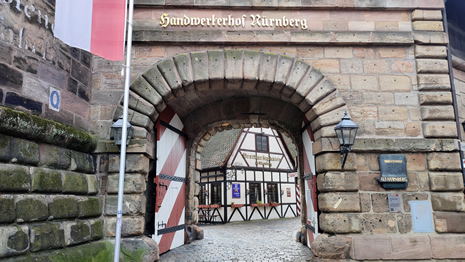 |
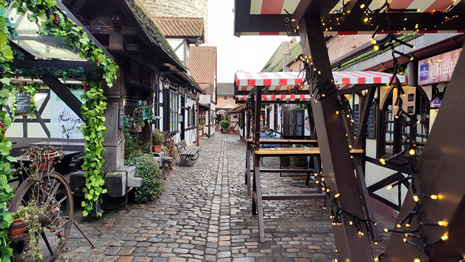 |
|
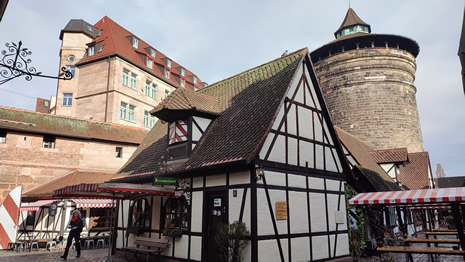 |
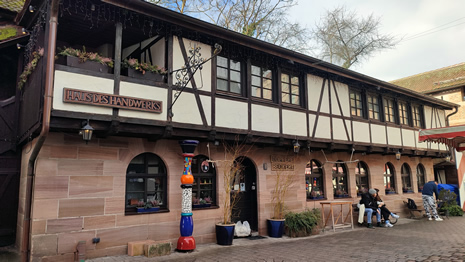 |
|
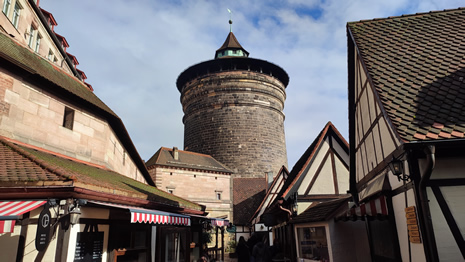 |
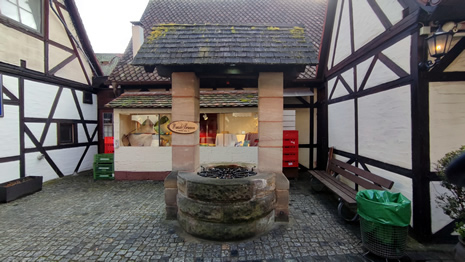 |
 |
The Handwerkerhof, or Craftsmen's Courtyard (above), is a delightful corner of Nuremberg’s Old Town, nestled adjacent to the Frauentorturm. This charming area, reminiscent of a medieval village, is filled with timber-framed buildings housing traditional workshops, boutiques, and cozy eateries. Visitors can explore artisan shops offering handcrafted items like pottery, glassware, and wooden toys, as well as indulge in local specialties such as bratwurst and gingerbread. The Handwerkerhof provides a quaint and immersive experience, celebrating the city’s artisanal heritage in a picturesque setting.
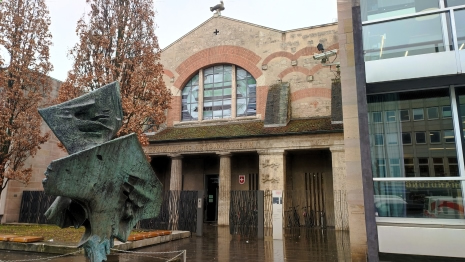 |
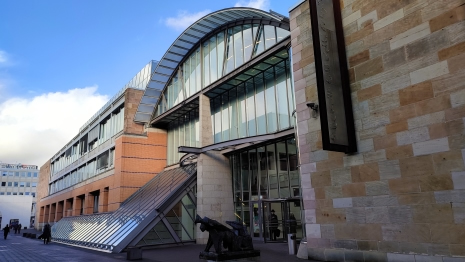 |
Shown above are the older and modern entrances to the Germanisches Nationalmuseum. Housing a vast collection of art and cultural artifacts, this museum is a treasure trove of German heritage. From medieval sculptures to modern art, it chronicles centuries of history, making it a must-visit destination for history and art enthusiasts. Note that much of the last day of this visit to Nuremberg was spent looking around its galleries, before catching a late flight home, and so there is more about the collections in a separate section towards the end of this page (the museum has lockers available for bags).

Shown above and below is Lorenzkirche (Church of St. Lawrence), a stunning Gothic church that features intricate stonework, beautiful stained-glass windows, and the iconic tabernacle by Adam Kraft.
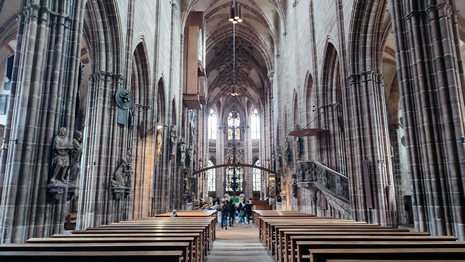 |
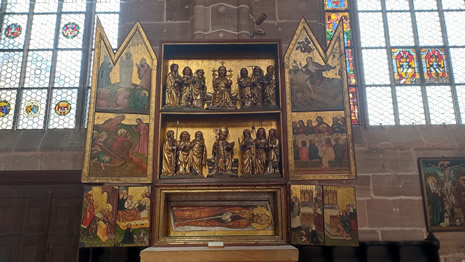 |
|
 |
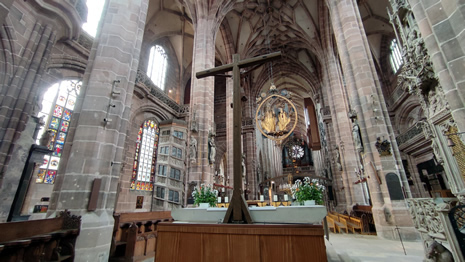 |
|
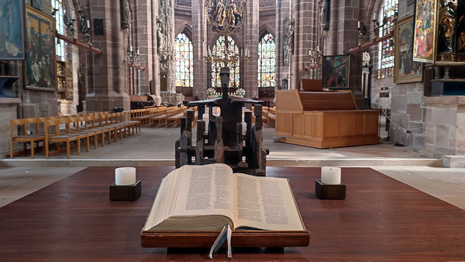 |
 |
Originally constructed in 1250 as a stunning example of Gothic basilica architecture, St. Lawrence Church underwent expansion between 1439 and 1477 with the addition of a magnificent Hall Choir. Since 1525, the church has served as an Evangelical Lutheran place of worship. Visitors are captivated by its remarkable collection of Middle Age artworks and the grand distinction of housing the largest organ installation in any Protestant church in Germany. Beyond its architectural and artistic treasures, St. Lawrence Church remains a vibrant hub for its congregation and a welcoming destination for guests from around the world.
 |
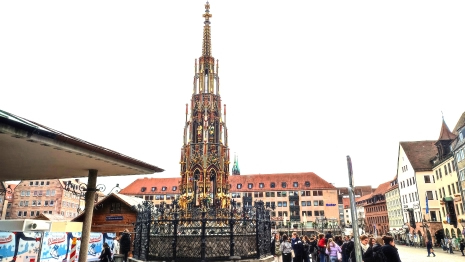 |
|
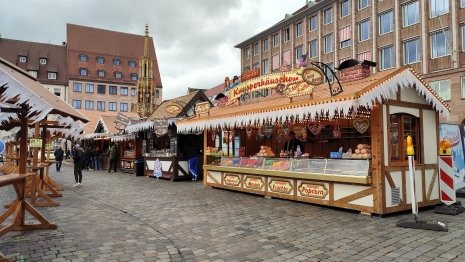 |
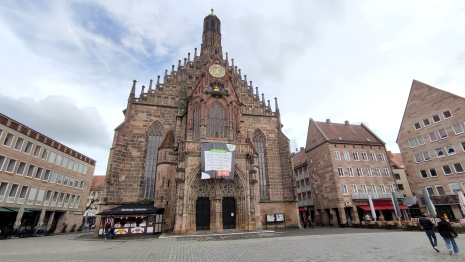 |
The Hauptmarkt (Main Market Square), shown above, is just north of the river and forms the heart of the Old Town. This bustling square is famous for its vibrant markets and the picturesque Schöner Brunnen (Beautiful Fountain). During the festive season, it hosts the world-renowned Christkindlesmarkt, attracting visitors from around the globe. On the square’s eastern side stands the Frauenkirche, or "Church of Our Lady", a historic landmark showcasing the distinctive style of brick Gothic architecture. The church was commissioned by Charles IV, Holy Roman Emperor, and constructed between 1352 and 1362.

Here, we continue in a northerly direction within the Old Town (in the direction of the Imperial Castle). Surrounding Nuremberg's Old Town Hall, Rathausplatz, above, boasts historical significance and architectural beauty. The Gothic and Renaissance styles of the Rathaus reflect the city's rich civic history.
 |
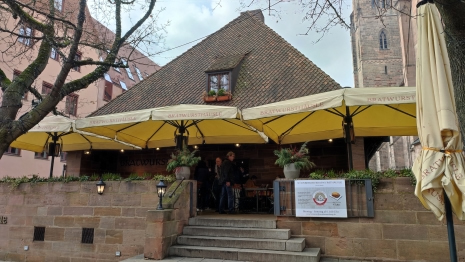 |
Opposite the Old Town Hall is one of Nuremberg’s many establishments specialising in Bratwurst (shown above). The Bratwursthäusle is the oldest restaurant in Nuremberg (founded in 1313) and looks back on a long tradition. The bratwurst is produced in the own butcher's shop in the Bratwursthäusle itself. Like other such eateries in the Old Town, it offers a “truly authentic Franconian dining experience”, serving traditional Nürnberger Rostbratwürste. The small, grilled pork sausages are grilled over beechwood and traditionally accompanied by sauerkraut and horseradish prepared from age-old recipes. As a sidenote, elsewhere in the Old Town ‘Zum gulden Stern’ claims to be the oldest sausage kitchen in the world that has existed in the same location (since 1419).
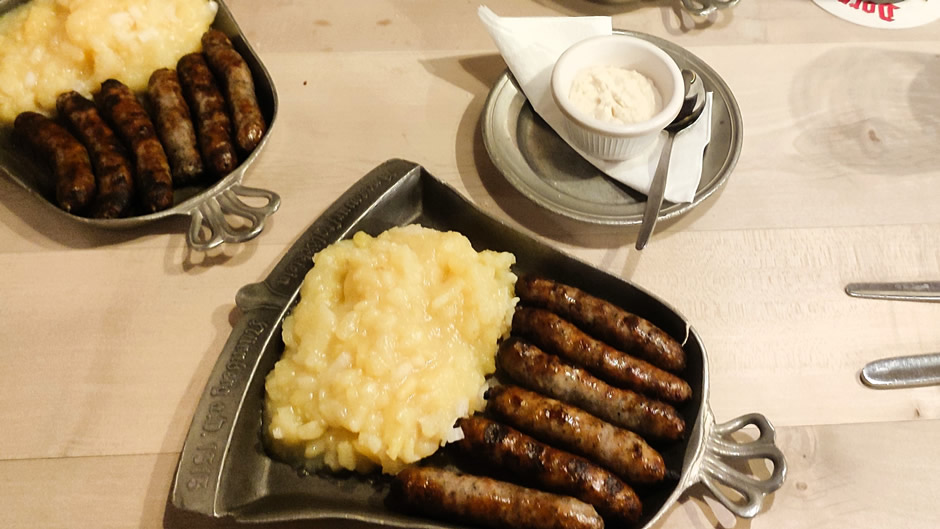
Above: Homemade Nuremberg Bratwurst served with a potato salad at Behringer’s Bratwurstglöcklein in the quaint Handwerkerhof at the south-eastern end of the Old Town.
A Note on Bratwurst
The first evidence of the Bratwurst in Germany dates to 1313 where it was documented by the City Council of the Free Imperial City of Nuremberg. The Nürnberger Rostbratwurst is one of the oldest sausages in Germany. Known for its small size and distinctive flavour, it is made with a blend of pork and spices, including marjoram. The sausage became a staple of Nuremberg's culinary identity, with strict regulations ensuring its quality.

Today, it holds a protected geographical indication (PGI) status, meaning authentic Nürnberger Rostbratwürste can only be produced within the city. This iconic sausage is traditionally grilled over beechwood and served with sauerkraut or in a bread roll as "Drei im Weckla" (Three in a roll).
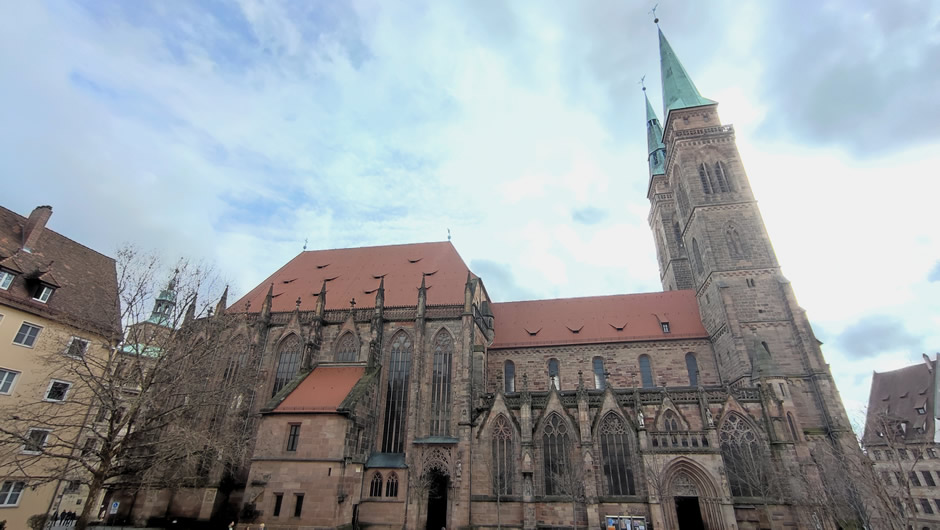
Immediately to the west of the Old Town Hall and dwarfing the Bratwursthäusle is Sebalduskirche, shown above. Along with Frauenkirche (Our Lady's Church) and St. Lorenz, it is one of the most important churches in Nuremberg, and also one of the oldest. Dedicated to St. Sebaldus, the city's patron saint, this Romanesque-Gothic church has a peaceful interior and magnificent sculptures, offering a serene escape from the lively streets.
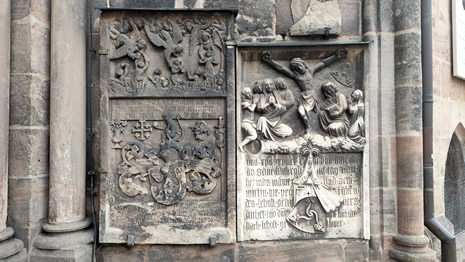 |
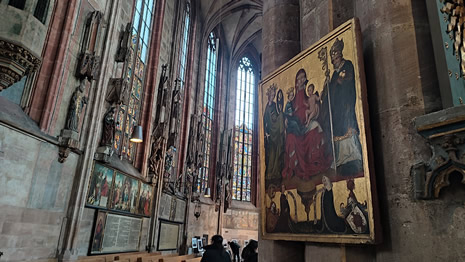 |
|
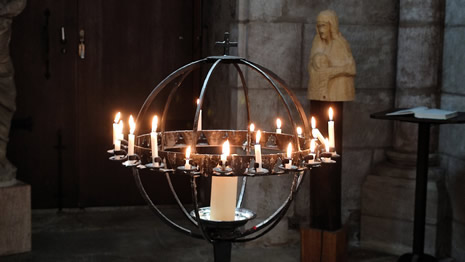 |
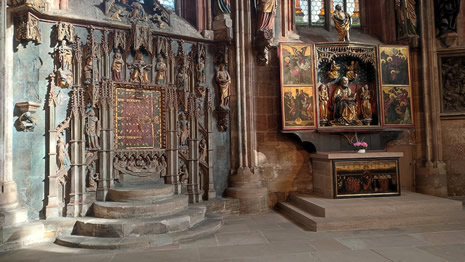 |
|
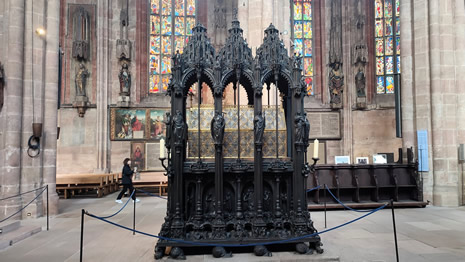 |
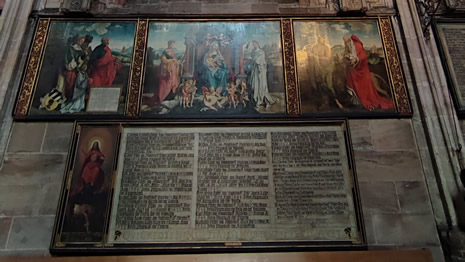 |
Construction began in 1225, and it was completed by 1275. Originally built as a Romanesque basilica, it underwent Gothic modifications in the 14th century. The church suffered extensive damage during World War II but was meticulously restored afterwards. Inside, two highlights stand out: the Shrine of St. Sebaldus, a stunning bronze masterpiece crafted by Peter Vischer the Elder and his sons between 1508 and 1519, and the Tucher Epitaph, a remarkable example of pre-Reformation art (both shown above bottom left and bottom right respectively).
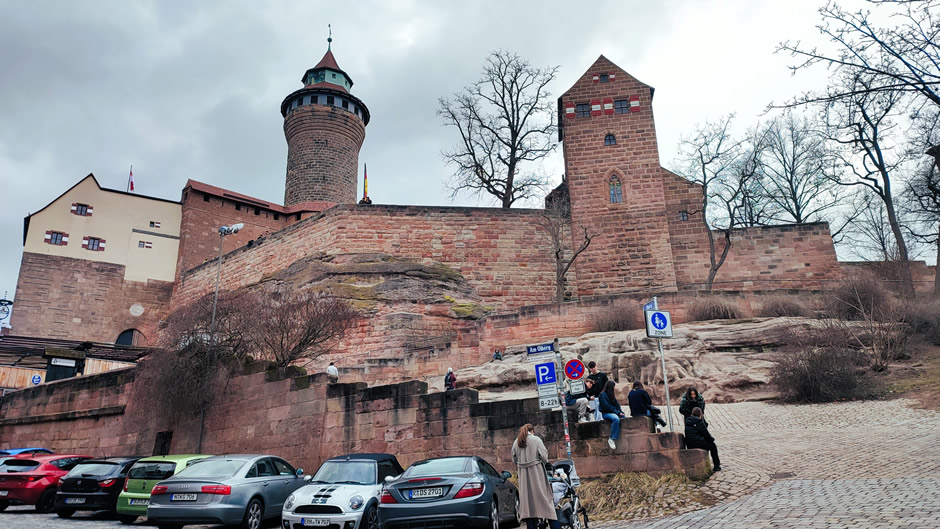
The Imperial Castle (Kaiserburg) is shown above and below. Perched on a hill, the castle is a symbol of Nuremberg's imperial past. Visitors can explore its courtyards, towers, and museum while enjoying panoramic views of the city.
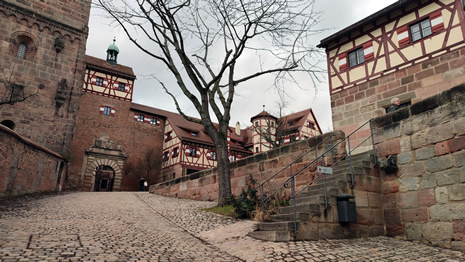 |
 |
|
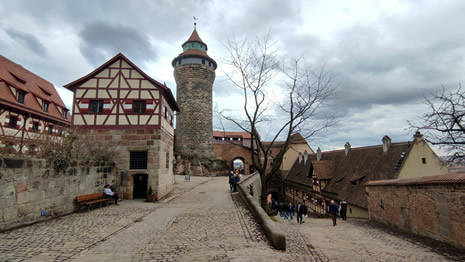 |
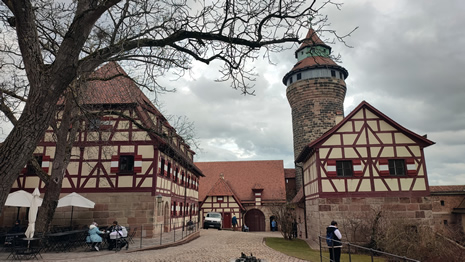 |
|
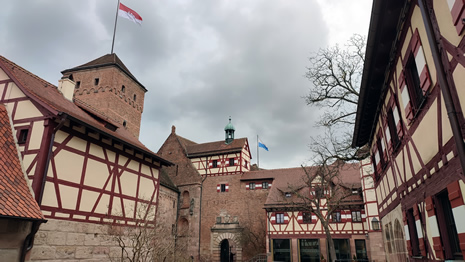 |
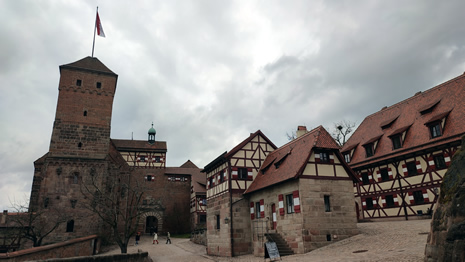 |
|
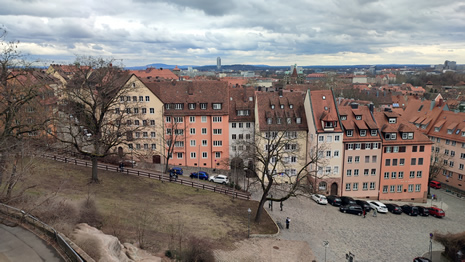 |
 |
The Imperial Castle is one of Nuremberg's most iconic landmarks and a symbol of its historical importance within the Holy Roman Empire. Dating back to the 11th century, it served as a residence for German kings and emperors during their travels. The site consists of several sections, including the impressive Sinwell Tower, which offers breathtaking panoramic views of the city; the Deep Well, a marvel of medieval engineering; and the Palas (the main building), which houses exhibits on the castle's history and medieval life. The Imperial Chapel, with its Romanesque architecture, is another highlight.

Not far from the Imperial Castle in the Old Town is Albrecht Dürer's House (centre, above). Once home to the famous Renaissance artist, this house is now a museum showcasing his life and works. It provides an intimate look at the genius behind some of the most iconic works of art in European history.
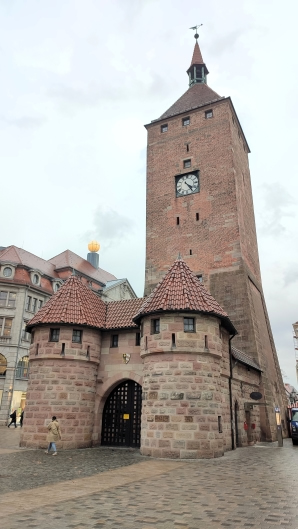 |
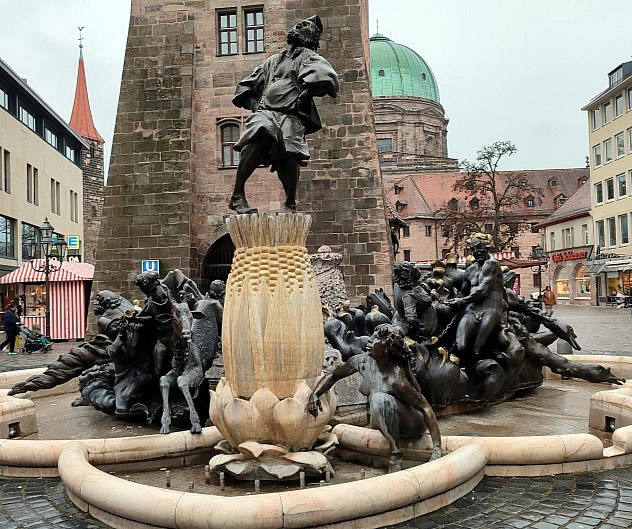 |
Weißer Turm (The White Tower), above left, is a relic of the city’s defences and stands near the bustling pedestrian zone. It’s a striking landmark, complemented by the adjacent whimsical "Marriage-Merry-Go-Round" fountain (above right). Crafted from sandstone and crowned with a pitched roof, the tower once played a vital role as part of the city's fortifications during the Middle Ages. Today, one of the most surprising modern features of the Weißer Turm is the fact that at its base (on the other side of the tower in the photo) is an entrance to its namesake U-Bahn underground Metro Station which is situated right underneath it. The adjacent "Marriage-Merry-Go-Round" fountain is an intriguing artistic creation. It was installed in 1984 and is the work of Münster-born sculptor Jürgen Weber. The fountain takes inspiration from Hans Sachs’ poem “Bitter-Sweet Married Life”. In vivid and dramatic language, the poem chronicles the evolution of marriage – from the passionate beginnings of love to the weariness of marital disputes, culminating in the inevitable final moments on the deathbed.

A large domed roof stands atop the Catholic Kirche St. Elisabeth (shown above). This Baroque-style church, located on a short distance from the Weißer Turm, is dedicated to St. Elizabeth of Hungary. It is a serene place of worship with elegant interiors and a rich spiritual atmosphere.

Opposite the St. Elisabeth Church stands St. Jakobskirche (above). Located along the medieval trade route of Jakobspilger, this church blends Romanesque and Gothic styles and is a testament to the city's religious and cultural significance during the Middle Ages. In 1810, it became the third Protestant parish church of Nuremberg. This concludes our look around Nuremberg’s Old Town.
Memorium Nürnberger Prozesse
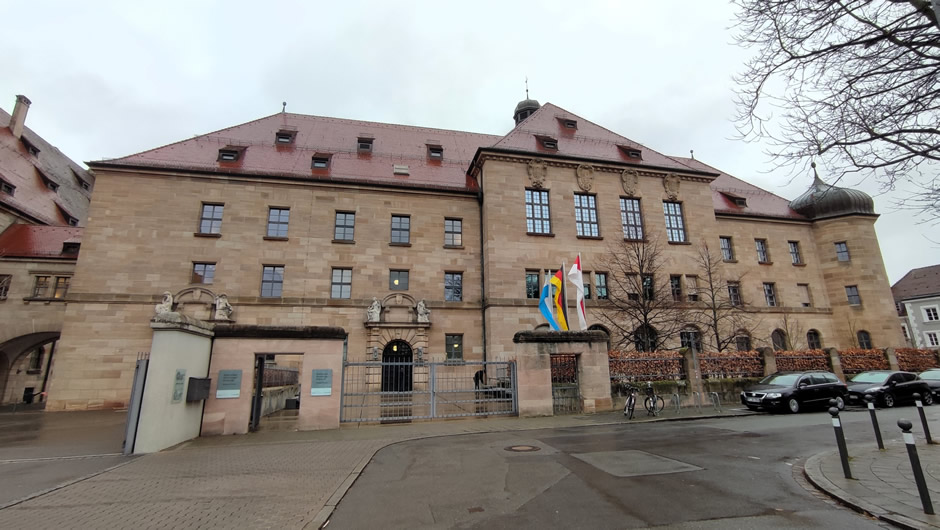
Away from the Old Town, the Memorium Nürnberger Prozesse (Memorium Nuremberg Trials), above, is a museum located in the historic Nuremberg Palace of Justice. One of the notable sights for visitors to the city, it is dedicated to the Nuremberg Trials, which were held in Courtroom 600 of this building.
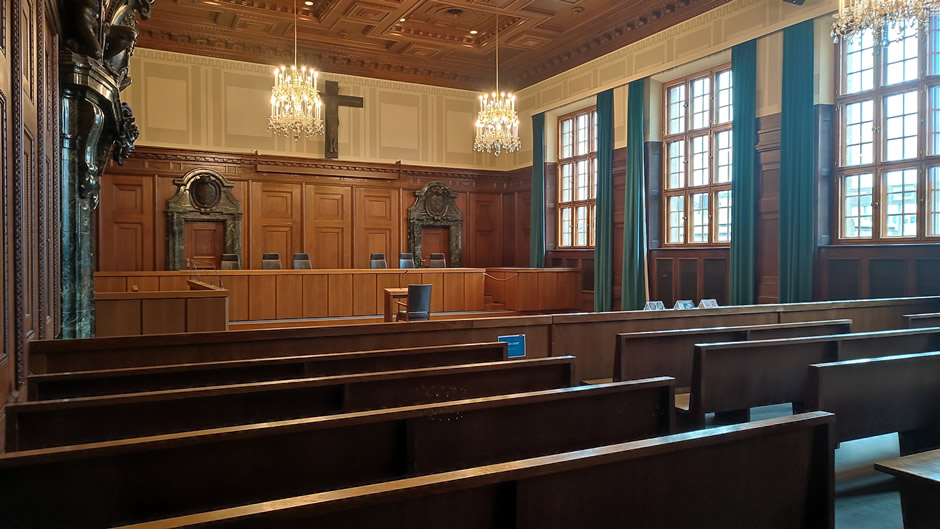
Above: Courtroom 600
The museum offers a permanent exhibition that explores the history, participants, and legacy of these trials, as well as their impact on the development of international criminal law.
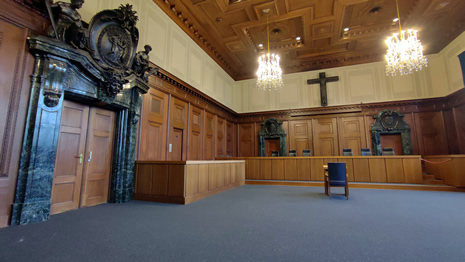 |
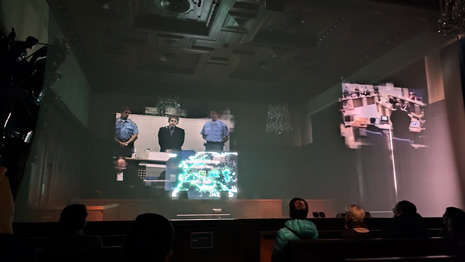 |
|
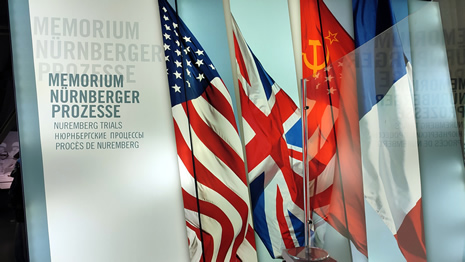 |
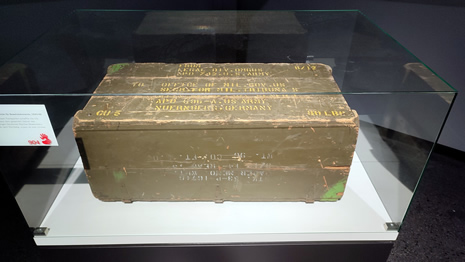 |
The Nuremberg Trials were a series of military tribunals conducted between 1945 and 1949 to prosecute prominent leaders of Nazi Germany for crimes against peace, war crimes, and crimes against humanity. These trials marked a significant moment in history, establishing the precedent for holding individuals accountable for atrocities on an international scale.
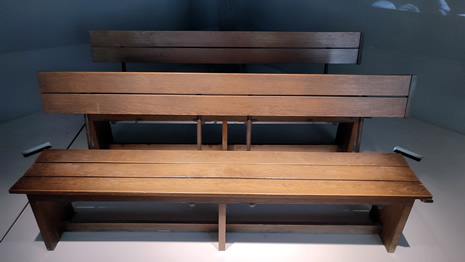 |
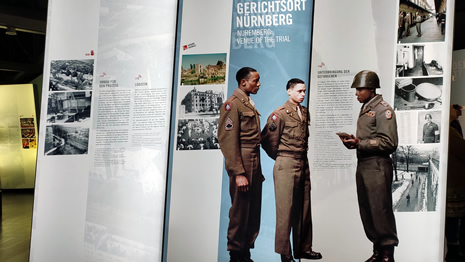 |
|
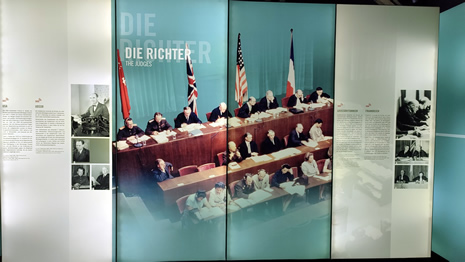 |
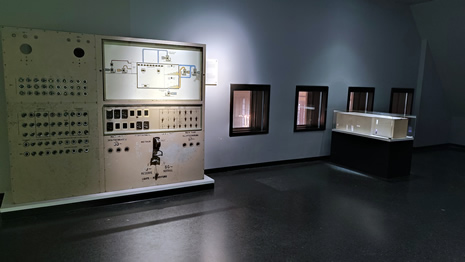 |
|
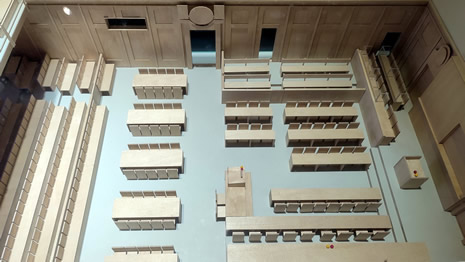 |
 |
The Nazi Party Rally Grounds
The Nazi Party Rally Grounds in Nuremberg were a massive propaganda stage for the National Socialist regime. Spanning over 11km² (4¼ square miles), these grounds hosted six rallies between 1933 and 1938. Designed by architect Albert Speer, the site was intended to symbolize the power and unity of the Nazi Party. However, only a fraction of the ambitious plans were completed before the onset of World War II. Today, the grounds serve as a stark reminder of the dangers of totalitarianism and propaganda. They are located about 3 miles (5km) southeast of the city centre.
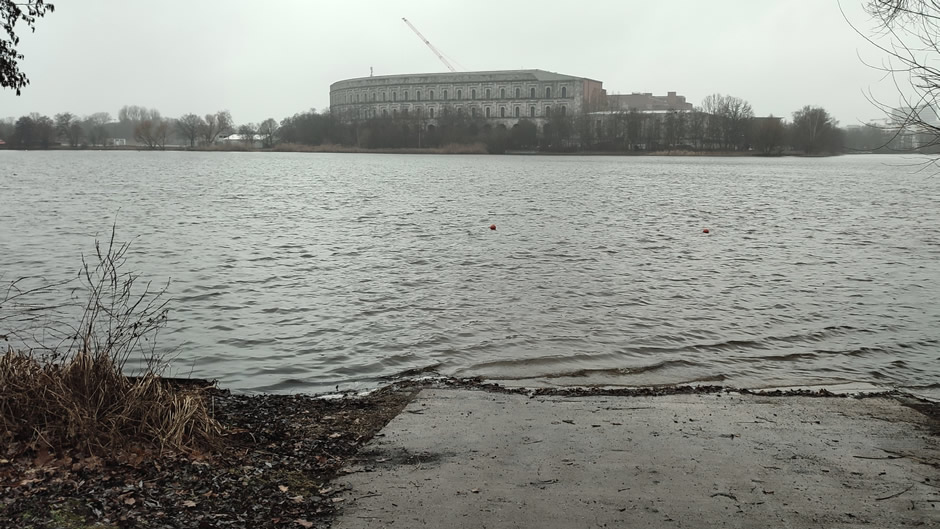
Above: Looking towards the Congress Hall of the Nazi Party Rally Grounds across Dutzendteich, a man-made lake that predates the Nazi era but was incorporated into the design of the rally grounds. The area around the lake was used for leisure activities and as part of the grandiose plans for the Nazi Party Rally Grounds. Today, it serves as a peaceful recreational spot for locals and visitors, offering a stark contrast to its historical associations.
The Congress Hall at the former Nazi Party Rally Grounds is a striking yet unfinished relic of the Third Reich's architectural ambitions. Originally intended to host 50,000 people, construction was halted during World War II, leaving the structure incomplete. Today, it stands as a historical monument and a reminder of the era's megalomania:
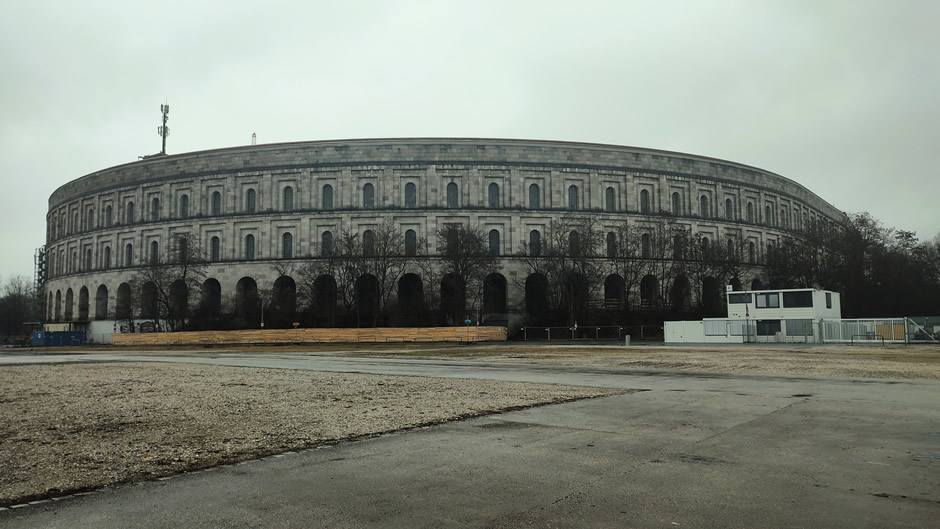
At the time of the visit and of writing (Early 2025), the Congress Hall itself was being repurposed as part of Nuremberg's cultural development, with the intention (by 2027) of hosting "Enabling Spaces" for artists and serving as a venue for music, theatre, and dance performances, opening up new opportunities for creative expression within its historic walls. The decision to redevelop the site, bearing in mind its role as a monument to the past atrocities of Nazi Germany, has not been without criticism:
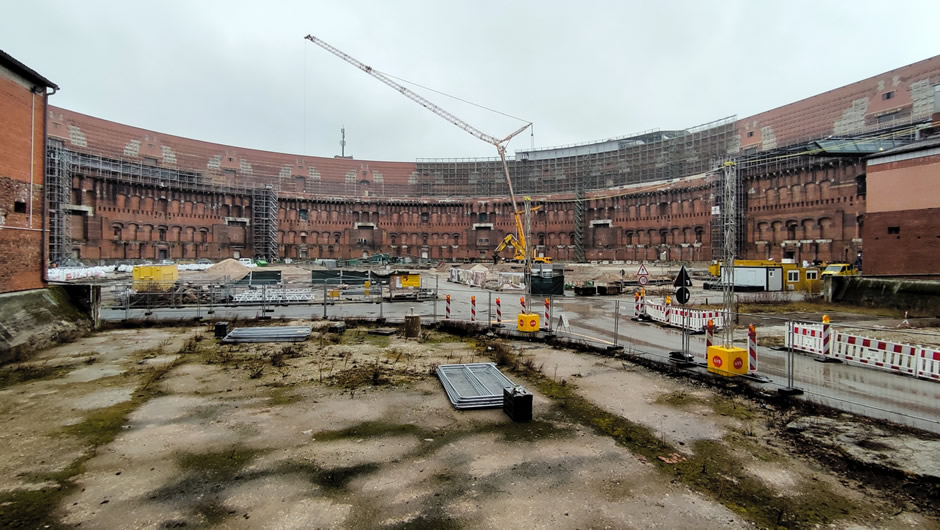
Above: Inside the Congress Hall. To get a sense of scale, whilst the planned height of the building was 230 feet (70m), the unfinished shell which can be seen here has a height of 128 feet (39m).
The northern wing of the unfinished Congress Hall houses the Documentation Centre , which provides an in-depth look at the Nazi regime and its atrocities:
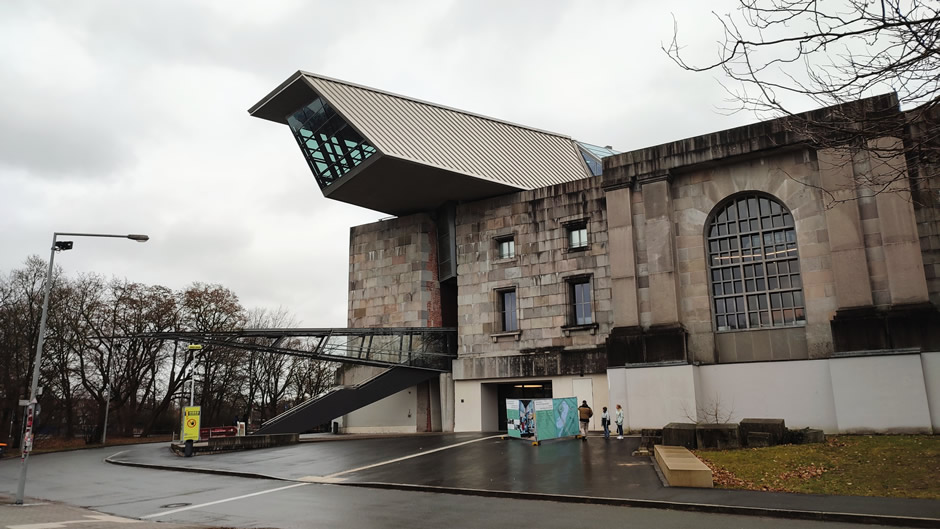
The Documentation Centre would normally contain a museum featuring the permanent exhibition "Fascination and Terror," which explores the history and impact of the Nazi Party. However, at the time of the visit, this too was undergoing renovations, with plans to reopen in 2026. With thankful consideration for visitors, there was nevertheless an excellent temporary exhibition in a nearby hall of the building titled "Nuremberg – Site of the Nazi Party Rallies. Staging, Experience and Violence" – this offers visitors insights into the site's history and significance. Some photographs from the temporary exhibition are shown below:
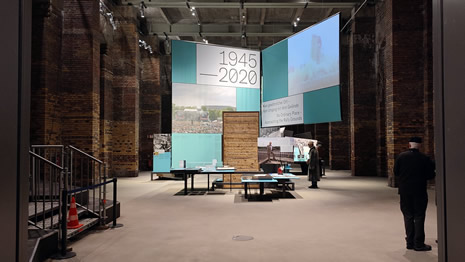 |
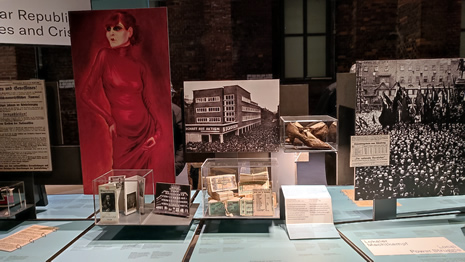 |
|
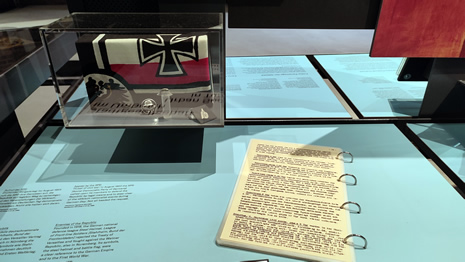 |
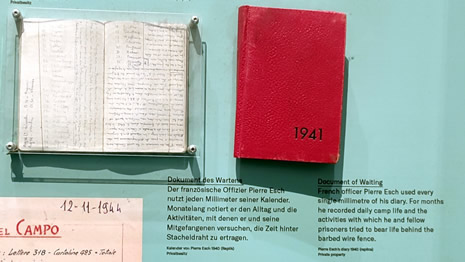 |
|
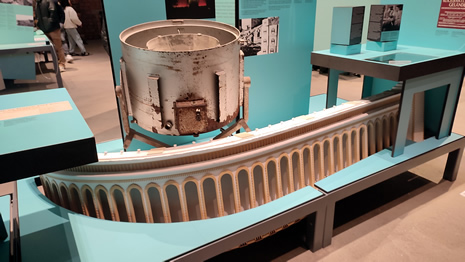 |
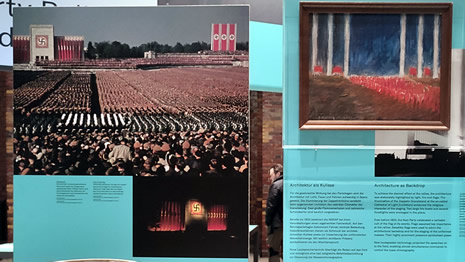 |
|
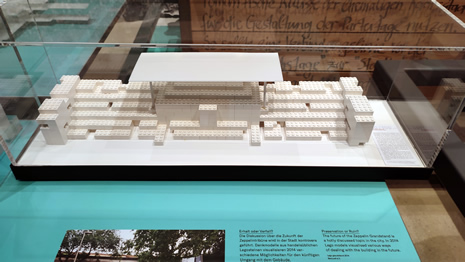 |
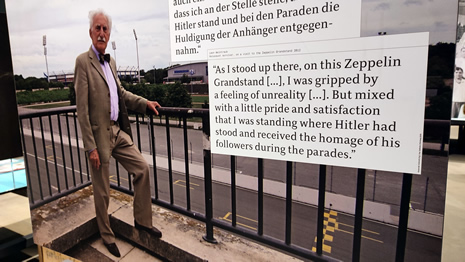 |
The Great Road at the Nuremberg Nazi Rally Grounds, shown below, was a massive parade avenue intended to showcase the power and unity of the Nazi regime. Stretching over 2km and lined with granite slabs, it was never fully utilized for its intended purpose. Its sheer size reflects the regime's obsession with grandeur and today, it stands as a stark reminder of the propaganda and architectural ambitions of the totalitarian Third Reich:
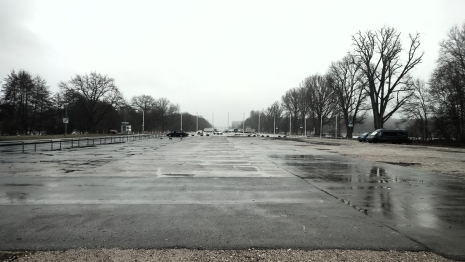 |
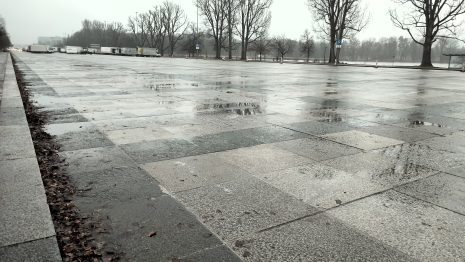 |
Across the Dutzendteich lake from the Congress Hall is the Zeppelin Field and Tribune (a Tribune being a raised platform for a speaker). This was the main rally area, where Hitler delivered speeches to thousands. The grandstand and parts of the field remain, offering a haunting glimpse into the scale of Nazi propaganda:
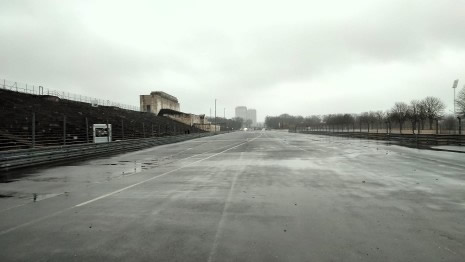 |
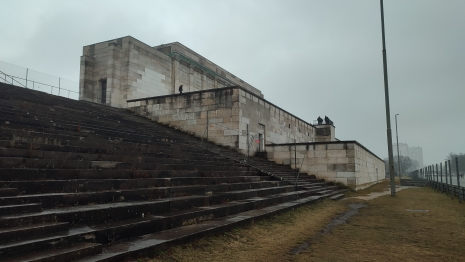 |
|
 |
 |
 |
One other surviving area of The Nazi Party Rally Grounds not covered here is Luitpoldhain. Once a site for Nazi parades, it is now a peaceful park and a venue for cultural events, symbolizing the transformation of the area. These sites not only preserve history but also serve as educational tools to ensure that the horrors of the past are never forgotten.
Germanisches Nationalmuseum
As mentioned earlier on this webpage, much of the last day of this visit to Nuremberg was spent looking around the galleries at the Germanisches Nationalmuseum. As the largest museum of cultural history in the German-speaking world, this institution offers an expansive journey through centuries of German art, culture, and history. The museum's vast collections are divided into several sections, each focusing on different aspects of Germany's heritage, described as follows with photos following the text for each section.
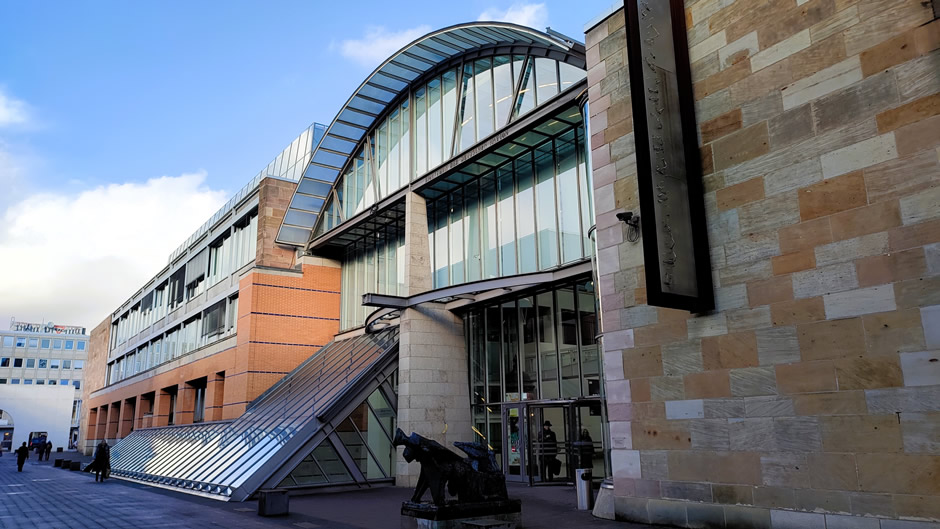
Above: Main entrance to the Germanisches Nationalmuseum on Kartäusergasse.
Prehistory and Early History. This section delves into humanity's earliest beginnings, showcasing artifacts such as tools, pottery, and burial items from the Stone Age, Bronze Age, and Iron Age. These objects provide a glimpse into the development of human societies, their survival strategies, and cultural practices long before written history:
 |
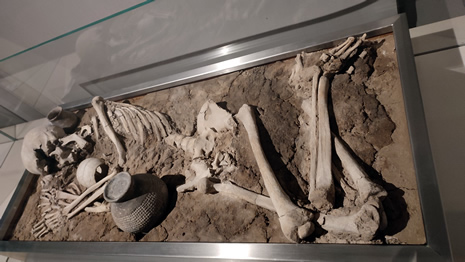 |
|
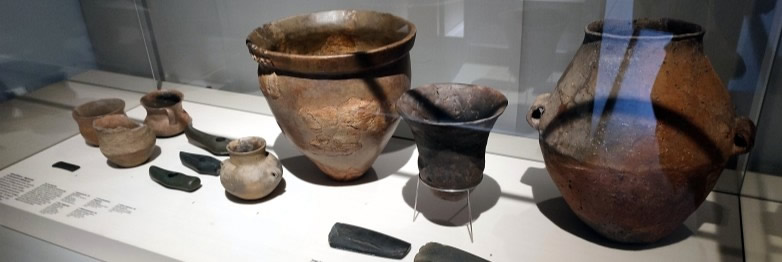 |
 |
|
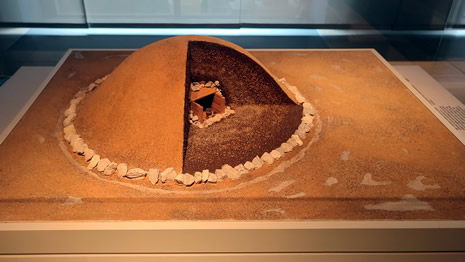 |
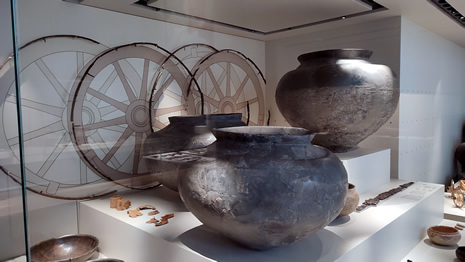 |
|
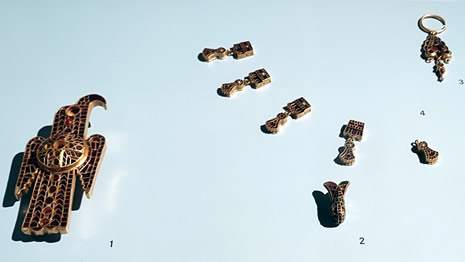 |
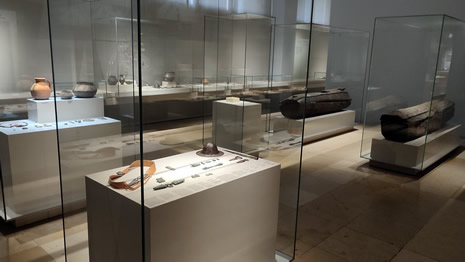 |
Middle Ages. Focusing on the rich tapestry of medieval life, this exhibit highlights religious art, manuscripts, and everyday objects that illustrate the era's social hierarchy and spiritual devotion. You can also find insights into the craftsmanship and architecture that defined this pivotal period:
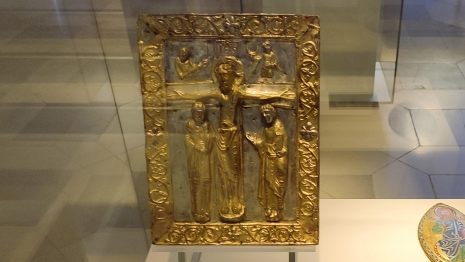 |
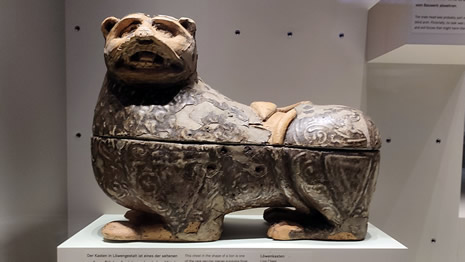 |
|
 |
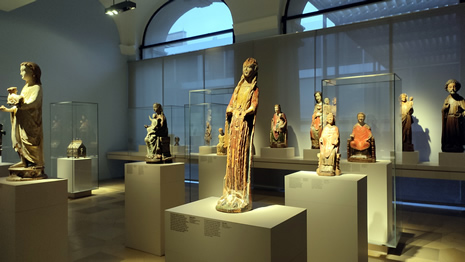 |
|
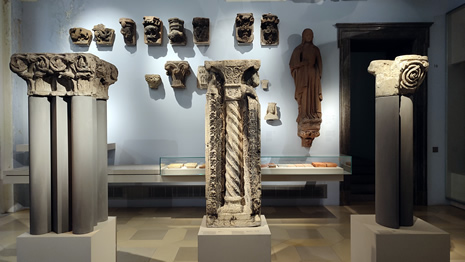 |
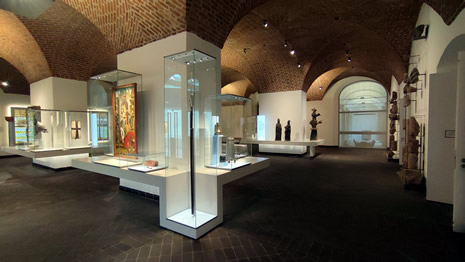 |
|
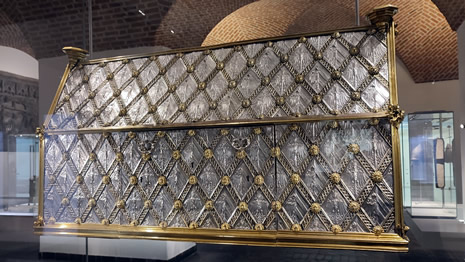 |
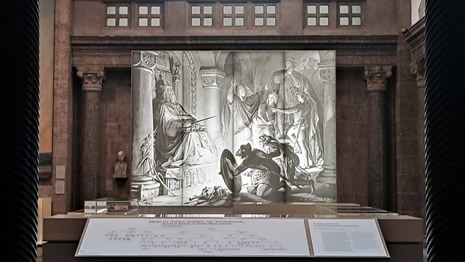 |
|
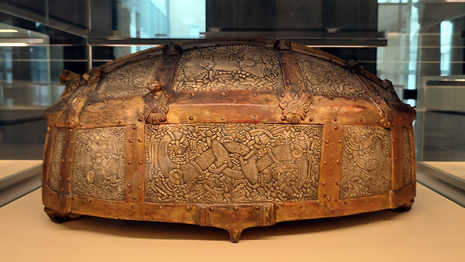 |
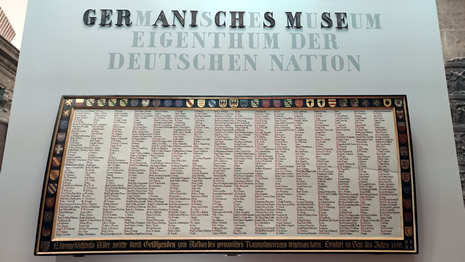 |
Late Middle Ages. Transitioning toward the Renaissance, this collection explores the cultural and artistic achievements of the late medieval period. Notable pieces include elaborate sculptures, panel paintings, and early technological innovations that reflect the growing complexity of society and art. The "Church and Cloister" area here highlights the religious and artistic life of the period. Set within a historic Carthusian monastery, it features sculptures, paintings, and altarpieces from the 14th and 15th centuries. These works reflect the spiritual and cultural significance of the church in medieval society, showcasing masterpieces from regions like Nuremberg, Cologne, and Bavaria. The space itself, with its cloisters and church, adds an authentic medieval atmosphere to the display:
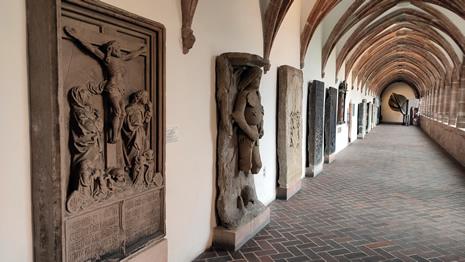 |
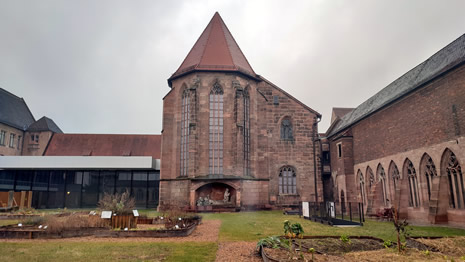 |
|
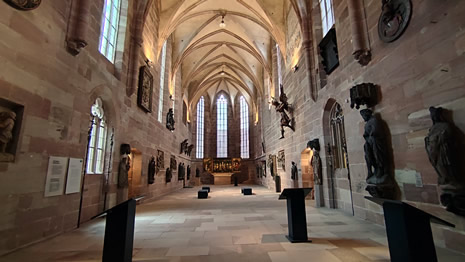 |
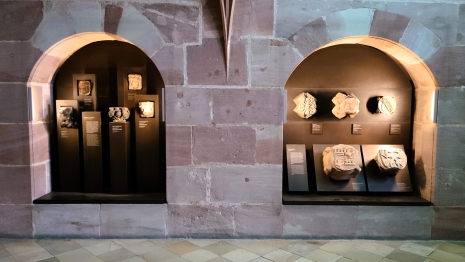 |
|
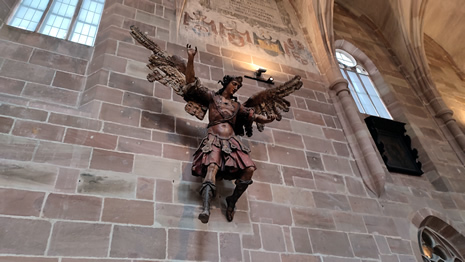 |
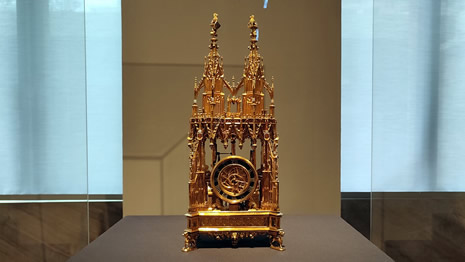 |
|
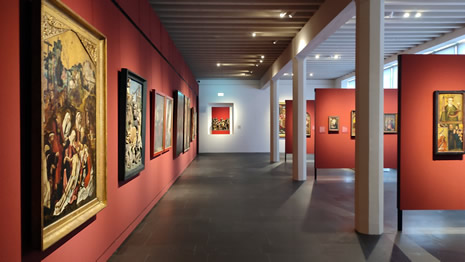 |
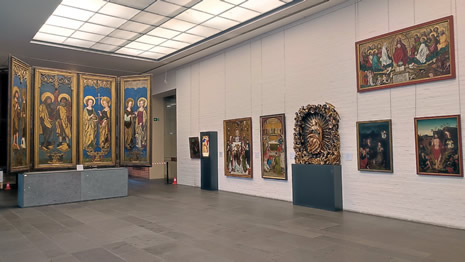 |
|
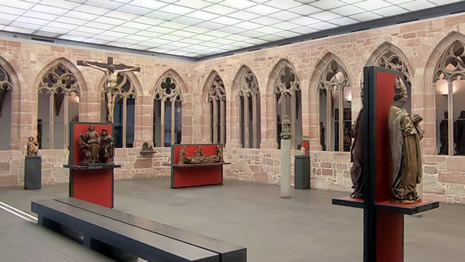 |
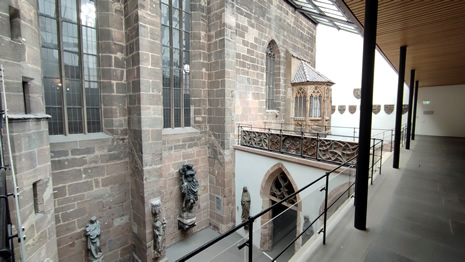 |
Everyday Culture up to 1700. This exhibit paints a vivid picture of daily life from the medieval period up to the early modern era. Displays include furniture, kitchenware, and clothing, offering insights into the domestic and social lives of people from different social strata:
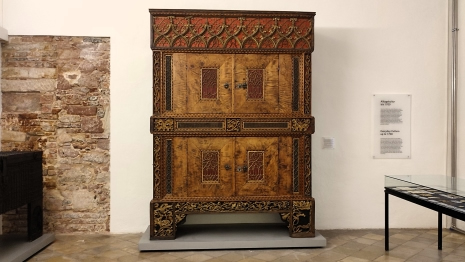 |
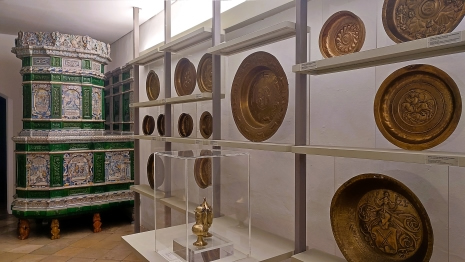 |
Arms and Armour/Hunting/Garden Culture. A fascinating display of medieval and Renaissance weaponry, the collection includes swords, armour, and crossbows, demonstrating the evolution of martial craftsmanship. Complementing this are exhibits on hunting as a noble pastime and the historical development of gardens as spaces of leisure and symbolism:
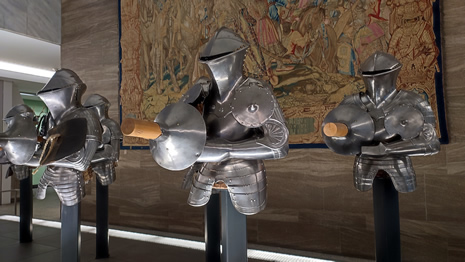 |
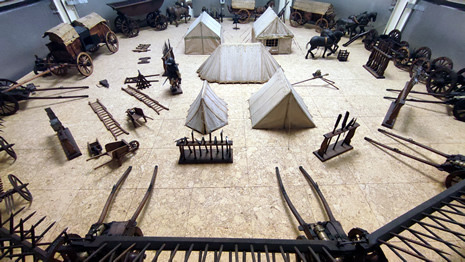 |
|
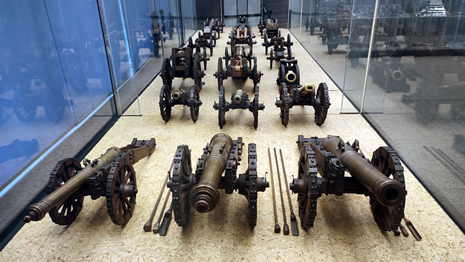 |
 |
|
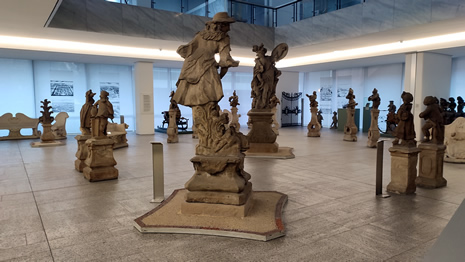 |
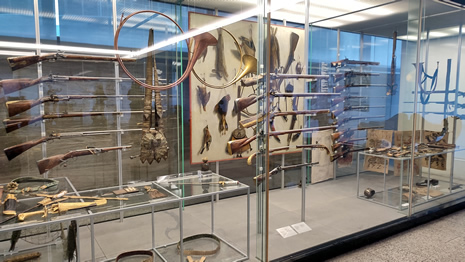 |
Renaissance/Baroque/Enlightenment. This large section of the museum captures the transformative spirit of these eras, from the flourishing of art and science during the Renaissance to the grandeur of Baroque artistry and the intellectual awakening of the Enlightenment. Paintings, sculptures, and rare books provide a window into these dynamic centuries:
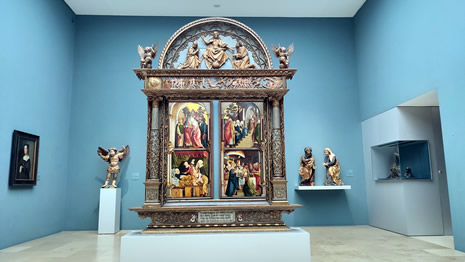 |
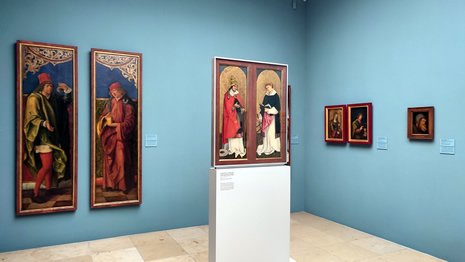 |
|
 |
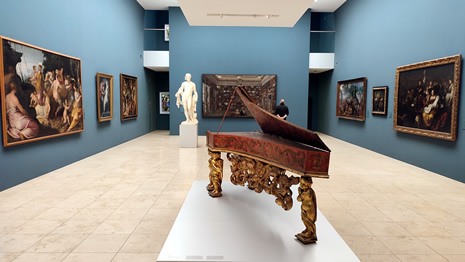 |
|
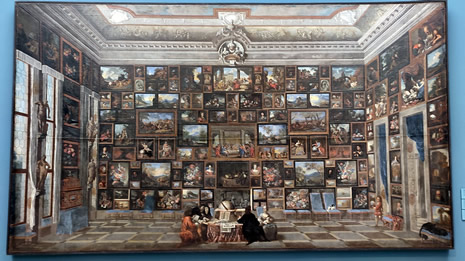 |
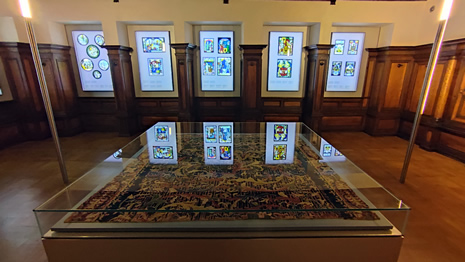 |
|
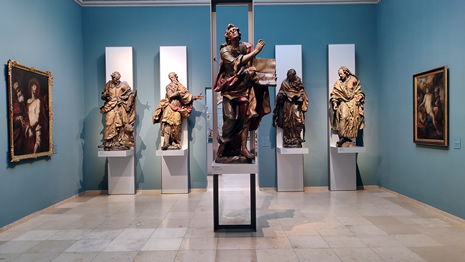 |
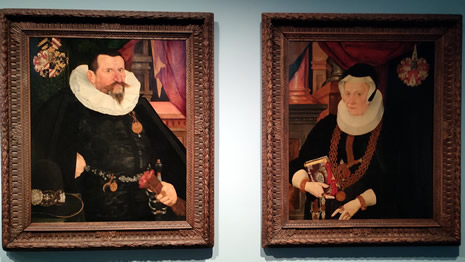 |
|
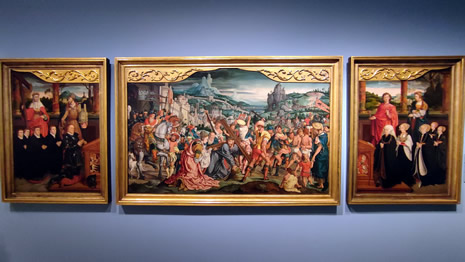 |
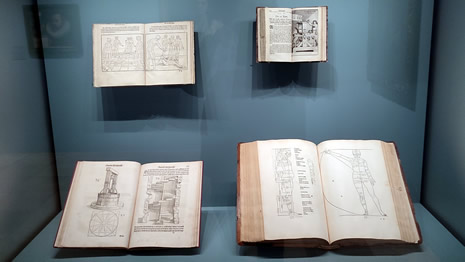 |
|
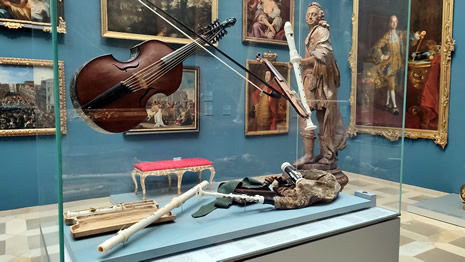 |
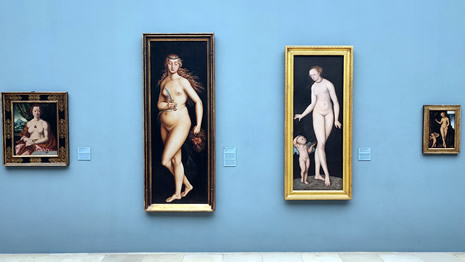 |
|
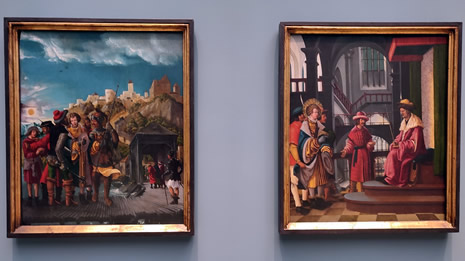 |
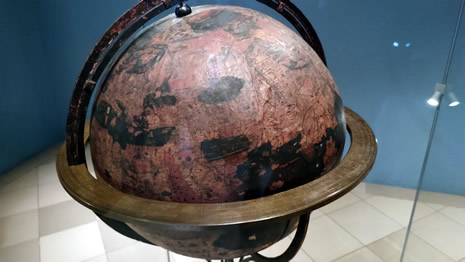 |
Scientific Instruments. A treasure trove of historical scientific tools, including astrolabes, globes, and early microscopes. These artifacts illustrate humanity's quest to understand the natural world and the technological advancements that shaped modern science:
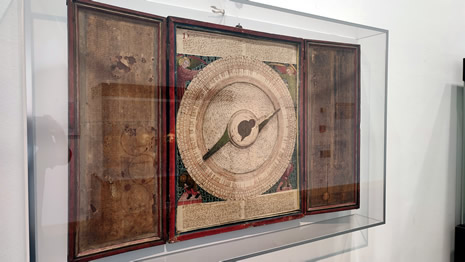 |
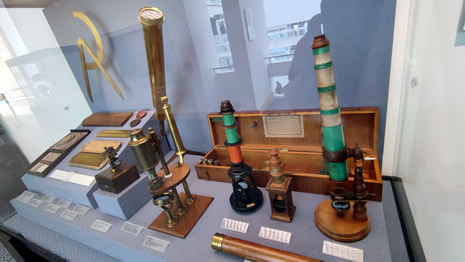 |
Crafts and Medicine. This exhibit showcases the ingenuity of artisans and the evolution of medical practices. From intricately crafted items to early surgical instruments, it provides a fascinating look at the intersection of creativity and practicality:
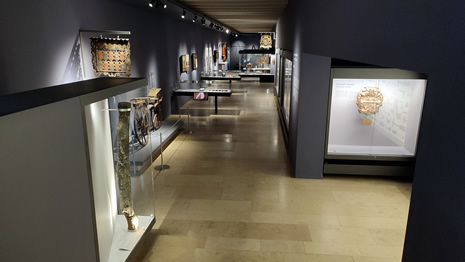 |
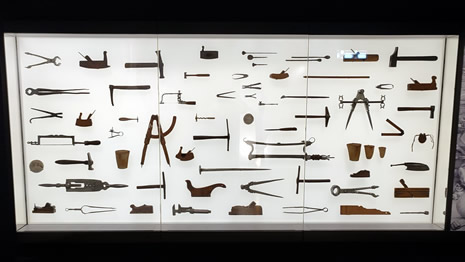 |
|
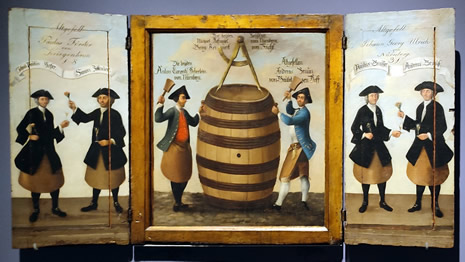 |
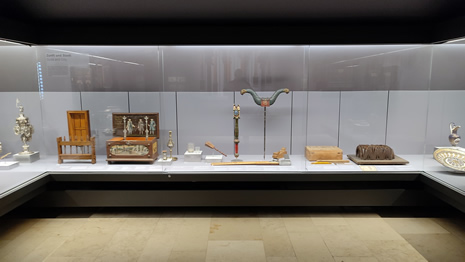 |
|
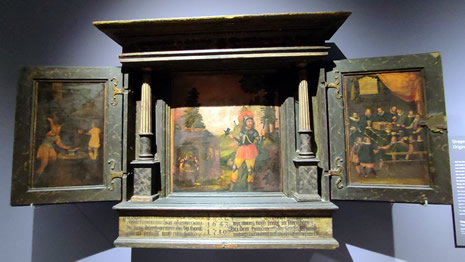 |
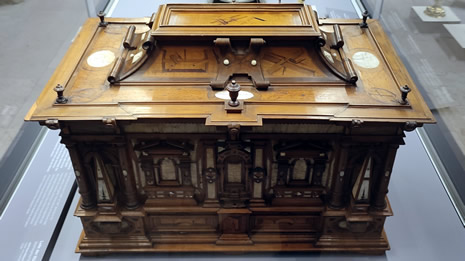 |
|
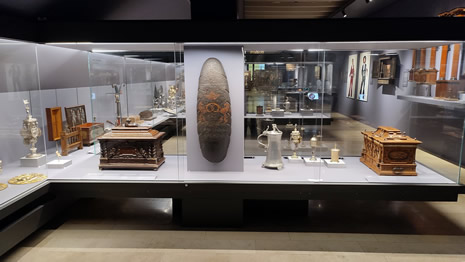 |
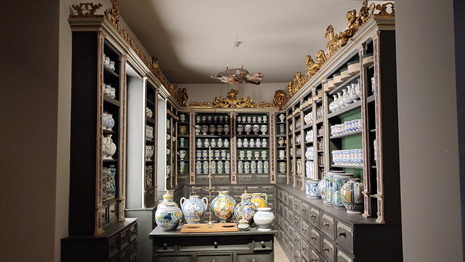 |
Decorative Arts Before 1800. A celebration of beauty and craftsmanship, this collection includes fine ceramics, textiles, glassware, and metalwork. The objects reveal the artistic trends and functional designs that adorned homes and palaces in earlier centuries. This section appeared to be temporarily closed during the time of the visit.
20th Century. This exhibition is the only one on the 2nd floor of the main museum building (US: 3rd floor). A journey through the tumultuous changes of the 20th century, its galleries feature modern art, design, and cultural artifacts that reflect the impact of war, innovation, and shifting societal values:
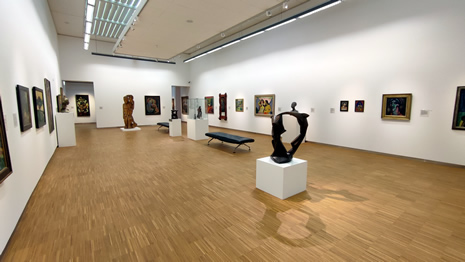 |
 |
|
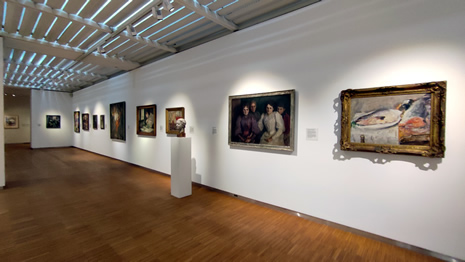 |
 |
|
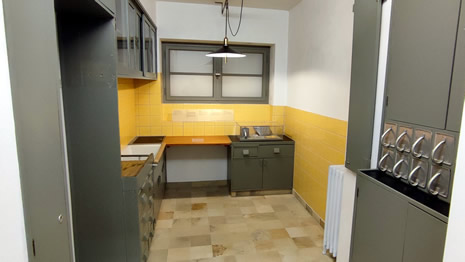 |
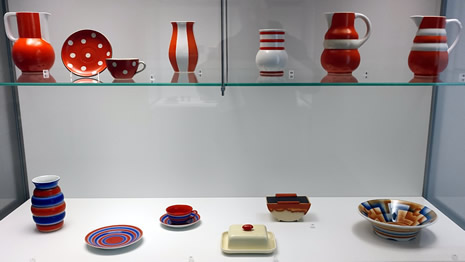 |
|
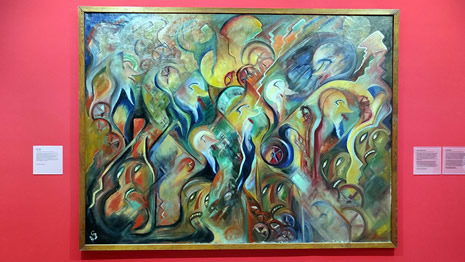 |
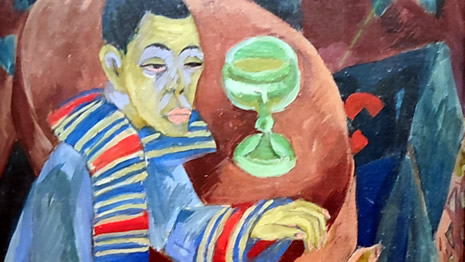 |
|
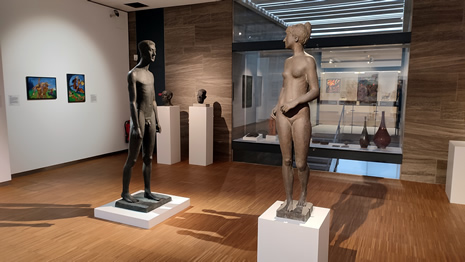 |
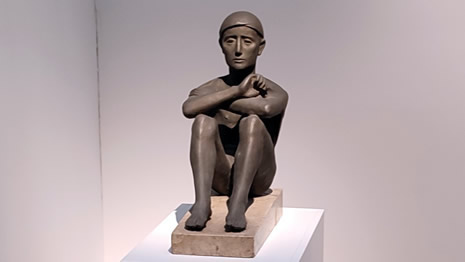 |
|
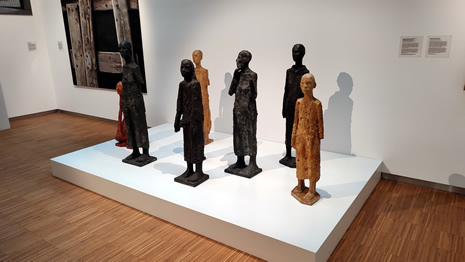 |
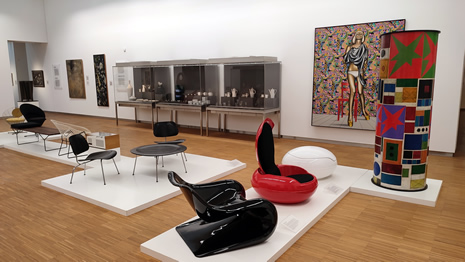 |
Toys (Access via Kartäusergasse). This charming collection, located in a separate property, showcases historic toys from different eras. From simple wooden figures to intricate mechanical toys, the exhibit offers a nostalgic look at childhood and play:
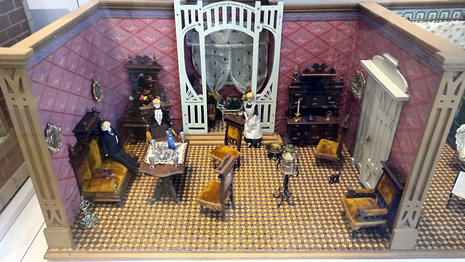 |
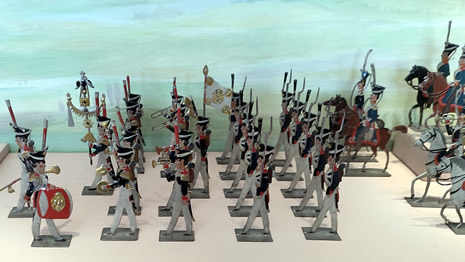 |
|
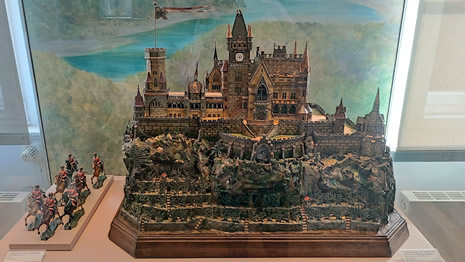 |
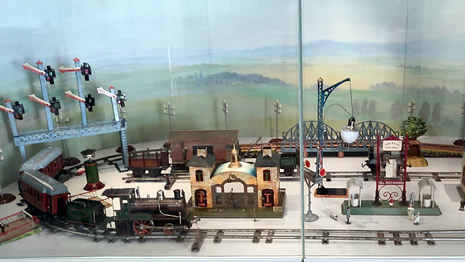 |
|
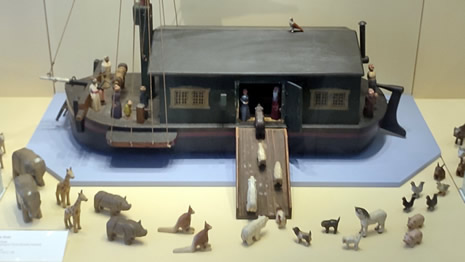 |
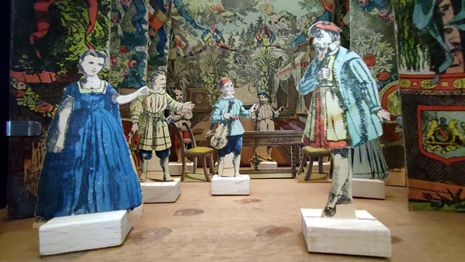 |
|
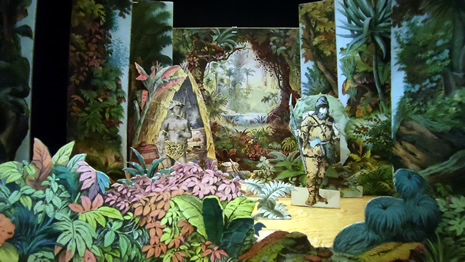 |
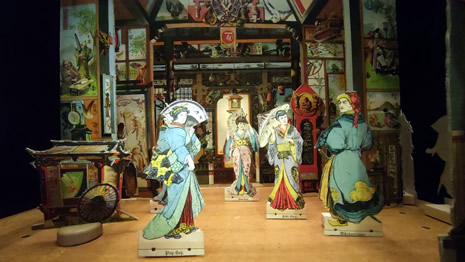 |
|
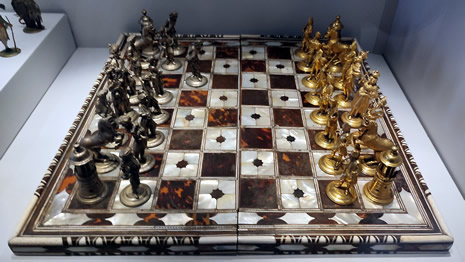 |
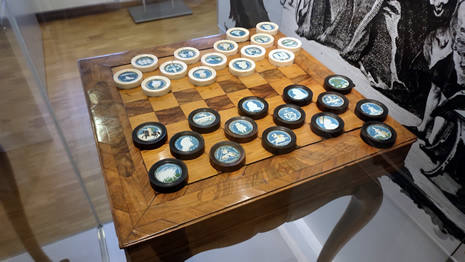 |
|
 |
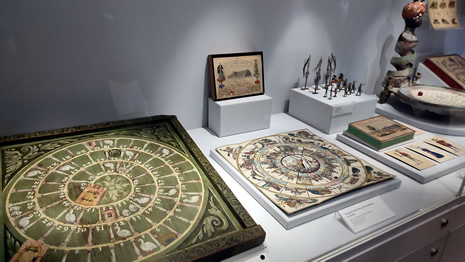 |
This concludes a look at the permanent exhibitions inside the Germanisches Nationalmuseum. The museum also contains 3 exhibition halls; Exhibition Halls I and II are accessed underneath Kartäusergasse via the museum’s café (“Café Arte”), whilst Exhibition Hall III is accessed on the floor above the ground floor. At the time of the visit, two temporary exhibitions were included in the main entrance fee to the museum, namely “Hello Nature – How Best to Live with You?”, which has the aim of illustrating the complex relationship between humans and nature, and “Micro Worlds” Tin Figures – The Collection of Alfred R. Sulzer. A small sample of photos taken in these two exhibitions are shown below:
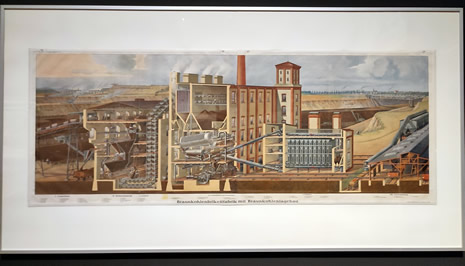 |
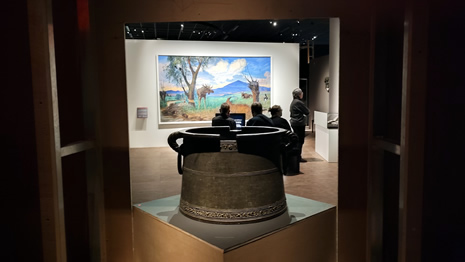 |
|
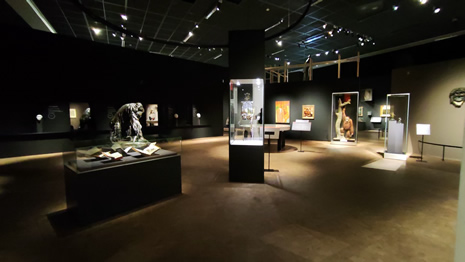 |
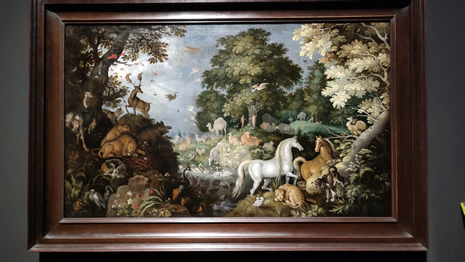 |
|
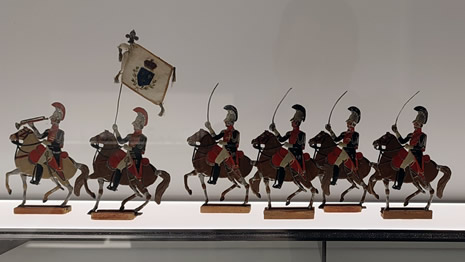 |
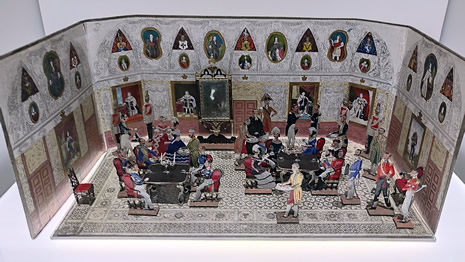 |
|
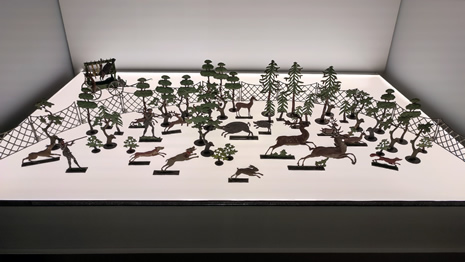 |
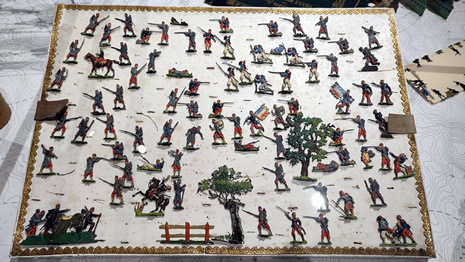 |
As just mentioned, “Café Arte” is located within the museum and this provides a serene spot to relax and recharge. Visitors can enjoy a selection of beverages and light meals while reflecting on their journey through history and culture. Near the main ticket desk, the museum also has an excellent shop with plenty of gift ideas. Apart from a book detailing the museums’ collections being available in English, the shop stocks a good range of books written in German.
On a final note, outside the museum’s main entrance on Kartäusergasse is “The Way of Human Rights” (shown below). Designed by Israeli artist Dani Karavan, this outdoor installation aligns with the museum's commitment to social responsibility. Its 27 pillars inscribed with articles of the Universal Declaration of Human Rights make it a thought-provoking and poignant experience:
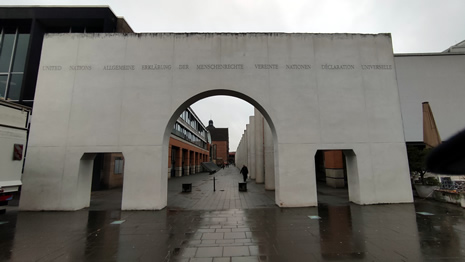 |
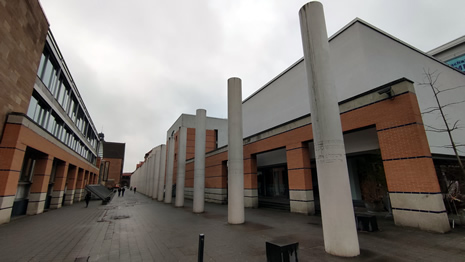 |
Some Final Notes on the Visit to Nuremberg
Flights were taken on a budget airline from the UK, and navigation around the city was via the U-Bahn (The city centre being a short ride on the U2 line from the airport), the S-Bahn, and on foot. Accommodation (approx. 4 miles from city centre) was booked ahead on booking.com. A few additional photographs taken during the visit are shown in the thumbnail gallery below (click on an image to enlarge):
The sights shown on this page are not an exhaustive list. However, most of the more popular attractions were covered during the visit. That said, there was plenty to do which could have warranted a longer stay, without even venturing out to the neighbouring cities of Erlangen, Fürth, and Schwabach. Though smaller, these cities offer plenty for visitors and are conveniently located within the same metropolitan area.

Back to Top